Top Things to Know When Looking For Noise-Canceling Headphones for Remote Jobs
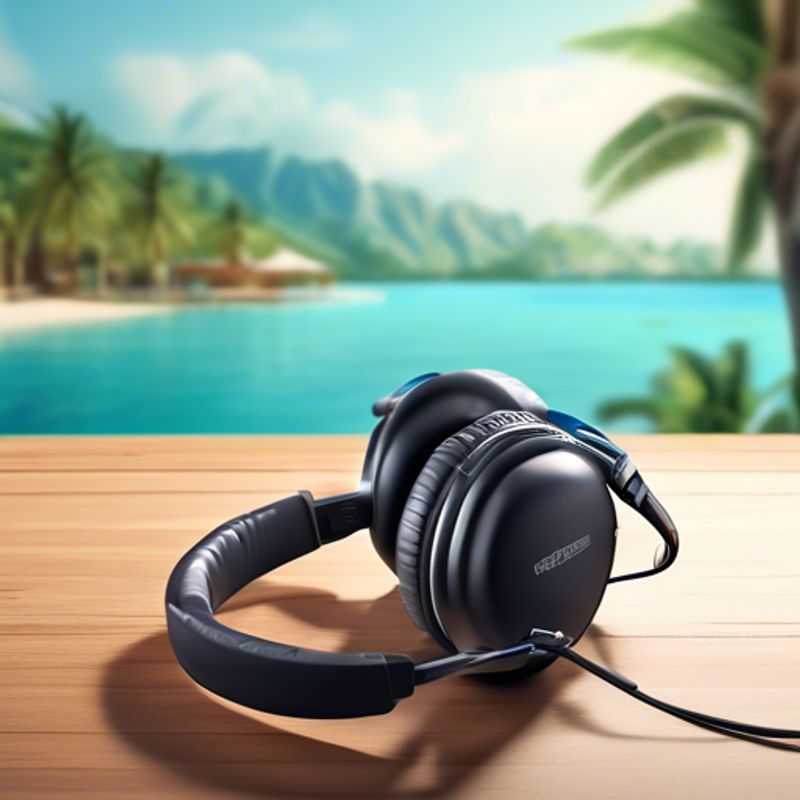
Top Things to Know When Looking For Noise-Canceling Headphones for Remote Jobs
Working remotely often means battling distractions, and noise-canceling headphones can be your secret weapon.

Noise-Canceling Explained: A Deep Dive into Different Technologies and Effectiveness
Noise-canceling technology is a boon for anyone seeking a peaceful environment, whether it's for work, relaxation, or travel. There are two primary types: passive noise cancellation and active noise cancellation.
Passive noise cancellation relies on physical barriers to block sound. This usually involves thick, dense materials like foam or rubber that absorb sound waves. Earplugs, for instance, are a simple example of passive noise cancellation.
Active noise cancellation (ANC), on the other hand, uses electronics to counter unwanted noise. A microphone picks up the incoming sound, and the ANC system generates an inverse sound wave that cancels out the original noise. This technology is commonly found in headphones and earbuds.
The effectiveness of noise cancellation depends on the type and frequency of the noise. Generally, ANC is more effective at reducing low-frequency noise like engine rumble, while passive noise cancellation works better against high-frequency sounds like human voices. It's essential to consider the specific noise you're trying to block when choosing a noise-canceling device.
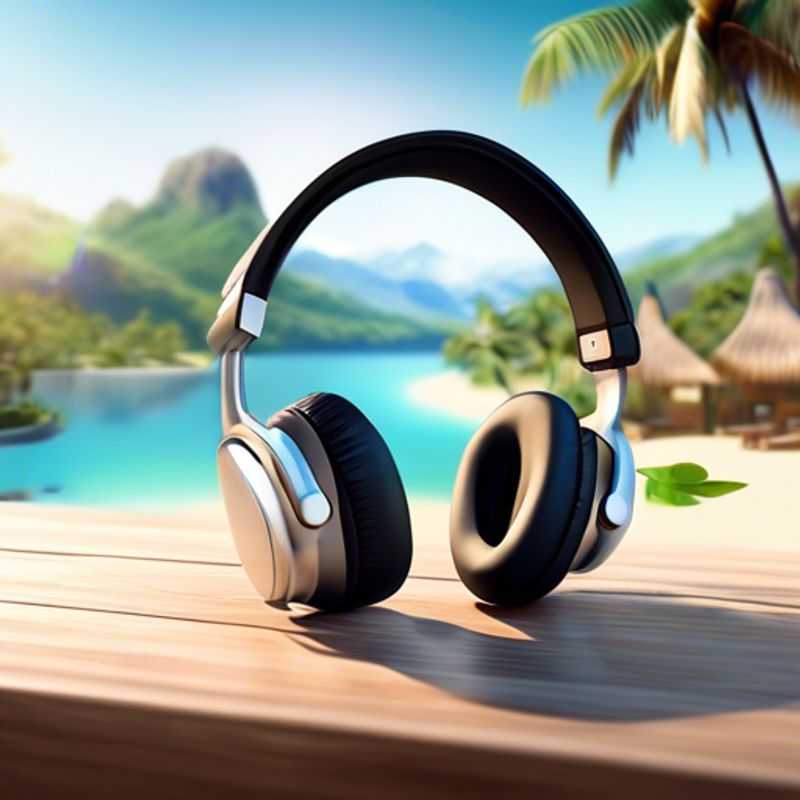
Remote Work Power Play: Battery Life and Charging Options
Remote work demands reliable technology, especially regarding battery life and charging options. To ensure uninterrupted productivity, consider the following:
Assess Your Usage: Determine your daily usage patterns. How many hours do you typically work remotely? Which devices are crucial for your work? This helps you identify the battery capacity you need.
Choose Power-Efficient Devices: Opt for laptops and tablets with long battery life. Consider models with low-power processors and energy-saving features. Investing in a power bank can extend the life of your devices when you are on the go.
Optimize Battery Life: Enable power-saving modes, adjust screen brightness, and close unnecessary applications to conserve battery. Minimize background processes and avoid excessive video streaming or gaming while working remotely.
Secure Charging Solutions: Invest in a reliable charger that meets your device's specifications. Consider having multiple charging options, such as a wall adapter, car charger, or portable power bank. Regularly inspect charging cables for damage and ensure they are certified.
Plan for Power Outages: Prepare for unexpected power outages by having a backup power source. This could be a UPS (Uninterruptible Power Supply) or a portable generator. Regularly test your backup system to ensure its functionality.
Monitor Battery Health: Keep an eye on your device's battery health. Over time, battery capacity degrades. If you notice significant battery drain or performance issues, consider replacing your battery.
Charging Etiquette: Be mindful of charging etiquette in shared workspaces or public areas. Respect charging space limitations and avoid monopolizing outlets. If using shared chargers, clean them regularly to prevent the spread of germs.
By taking these steps, you can ensure reliable power for your remote work setup and minimize the risk of interruptions.
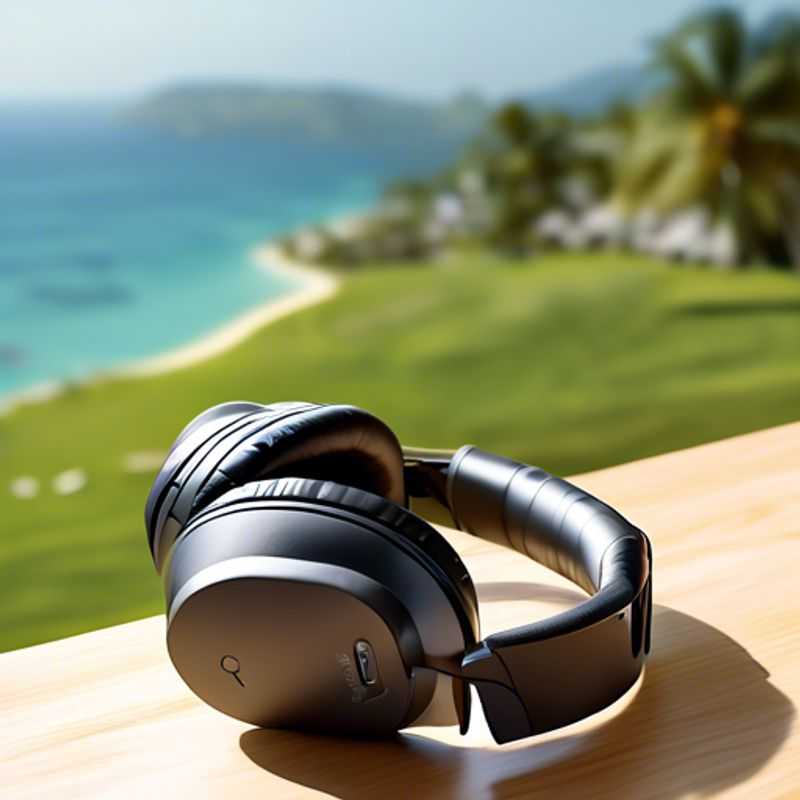
Prioritize Comfort and Fit: Long-Wearing Sessions
Prioritizing comfort and fit is crucial, especially when wearing something for extended periods. When choosing any product, whether it's shoes, clothing, or even furniture, consider how it will feel after hours of use. A comfortable fit minimizes pressure points, promotes good posture, and reduces the risk of discomfort or injury. This is especially vital for tasks requiring prolonged periods of standing, sitting, or physical exertion.
Here are some key factors to consider for comfortable and proper fit:
Shoes: Choose shoes that provide adequate support, cushioning, and breathability. Look for proper arch support, a roomy toe box, and a comfortable heel height. Consider the type of activity you'll be doing and choose footwear suited for that purpose.
Clothing: Select clothing made from breathable materials that allow for freedom of movement. Consider the climate and activity level when choosing fabrics. Loose-fitting garments allow for air circulation and reduce chafing. For activities requiring a lot of movement, choose clothing with flexible seams.
Furniture: Invest in comfortable furniture that provides proper support for your body. Ensure chairs have adequate lumbar support, armrests, and seat cushioning. Adjust the height of your work surface and chair to achieve proper posture and avoid strain.
Remember, a comfortable fit is a crucial investment in your well-being. Prioritize comfort, and you'll improve your experience, reduce fatigue, and enhance your overall performance.

Built-in Mic: Essential for Crystal-Clear Communication in Headphones
When selecting headphones, prioritize those with a built-in microphone for enhanced communication. This ensures clear audio during calls and online meetings. Many headphones offer this feature, but check specifications carefully before purchasing.
The quality of the microphone directly impacts the clarity of your voice. Look for headphones with a noise-canceling microphone to minimize background noise and ensure your voice is heard clearly. This is especially crucial in noisy environments.
Consider the type of microphone. Boom microphones, which extend from the headphone, often provide better noise cancellation. Inline microphones, integrated into the headphone cable, are more compact but may not offer the same level of noise reduction.
Keep in mind that while many headphones with built-in microphones are affordable, some high-end models can be costly. Factor the cost of the headphones into your budget and prioritize features that are essential for your needs.
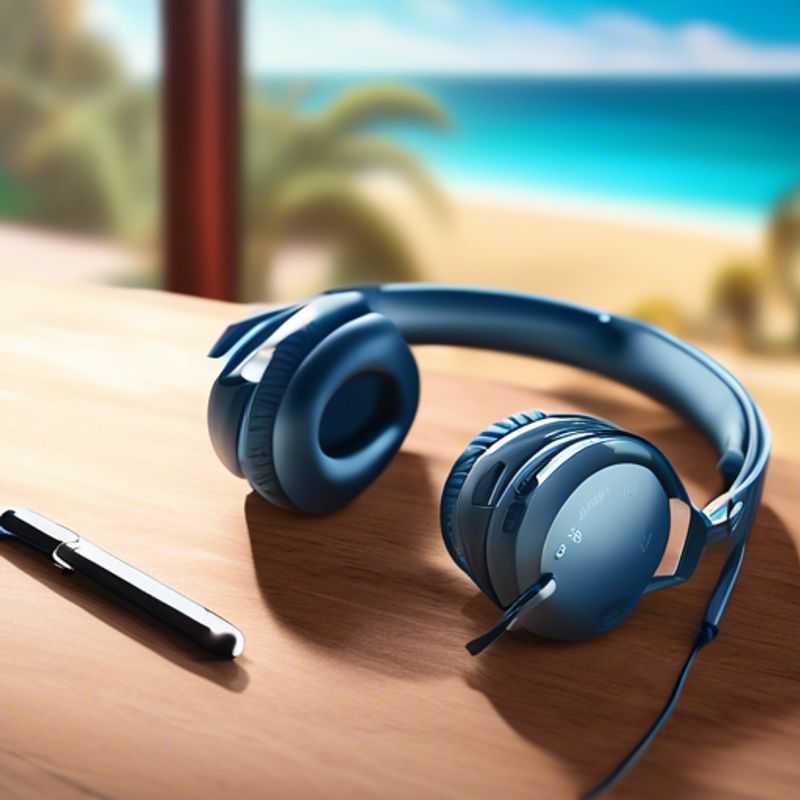
Bluetooth for Mobility: Maximizing Wireless Connectivity in Your Products
When evaluating wireless connectivity options like Bluetooth for your mobility needs, consider the following:
Bluetooth offers short-range wireless communication, ideal for connecting devices like smartphones, headphones, and smartwatches.
Range: Bluetooth's effective range is typically around 30 feet (10 meters).
Data Transfer: It's suitable for transferring audio, images, and small files but not high-bandwidth applications.
Battery Life: Bluetooth devices consume minimal power, contributing to longer battery life.
Security: Bluetooth offers basic security features, but it's important to ensure devices are paired securely.
Cost: Bluetooth-enabled devices are generally affordable, and there are no recurring costs associated with Bluetooth itself.
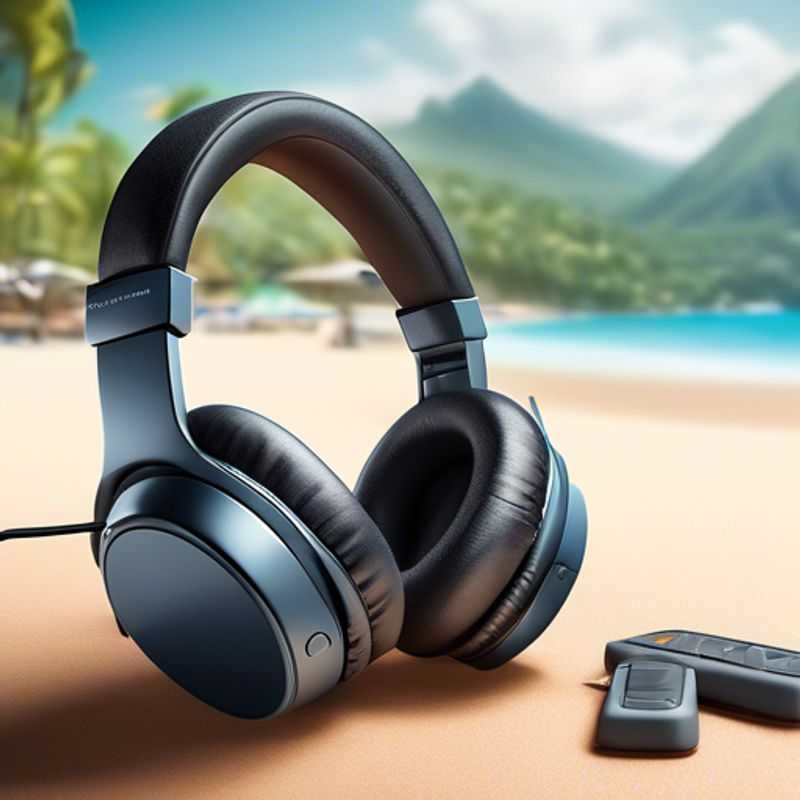
Noise Cancellation Showdown: Testing Performance in Real-World Environments
Assessing the noise-canceling performance of a product requires understanding its effectiveness in various environments. Start by identifying the specific noise types you want to analyze: low-frequency rumbles (like engine noise), high-frequency sounds (like conversations), and broadband noise (like traffic).
Next, choose your testing environments. A controlled lab setting allows for precise measurements but might not reflect real-world scenarios. Real-world environments (like cafes, airports, or offices) provide more realistic data but may introduce variability. Simulating specific noise types using audio equipment can be cost-effective for controlled testing.
Measuring noise cancellation involves quantifying the reduction in noise levels. Sound level meters are tools for capturing sound pressure levels before and after noise cancellation is applied. Spectral analysis helps identify the frequencies most effectively attenuated by the product.
Finally, consider these practical tips: Repeat measurements multiple times to ensure consistency and accuracy. Utilize a reference noise source for comparison. Analyze data using appropriate statistical methods to draw meaningful conclusions.
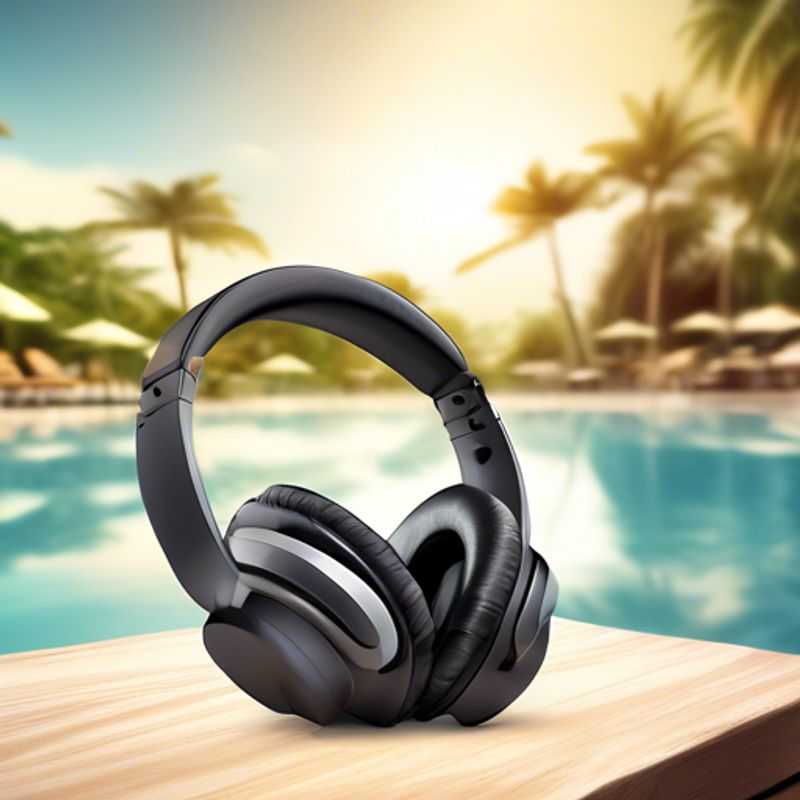
Beyond the Basics: Exploring Ambient Awareness and Transparency Modes
When choosing audio devices, especially headphones or earbuds, consider features like ambient awareness and transparency modes. These functionalities allow users to stay aware of their surroundings while enjoying audio. Ambient awareness enhances the listening experience by allowing external sounds to filter through, making it safer to be aware of traffic or conversations. Transparency mode, often found in premium models, actively mixes external sounds with your audio, providing a natural listening experience without removing the device.
These features are particularly useful for commuters, runners, or anyone who needs to remain alert in public spaces. Investing in models with these capabilities can lead to improved safety and enhanced usability. While many devices offer these features at no extra cost, some premium models may include advanced versions that can significantly impact the overall price. Always compare models and check for any potential additional costs associated with these features.
Ultimately, prioritize your needs—if you frequently use your audio devices in environments where awareness is crucial, opting for headphones or earbuds with these functionalities is a wise decision.

